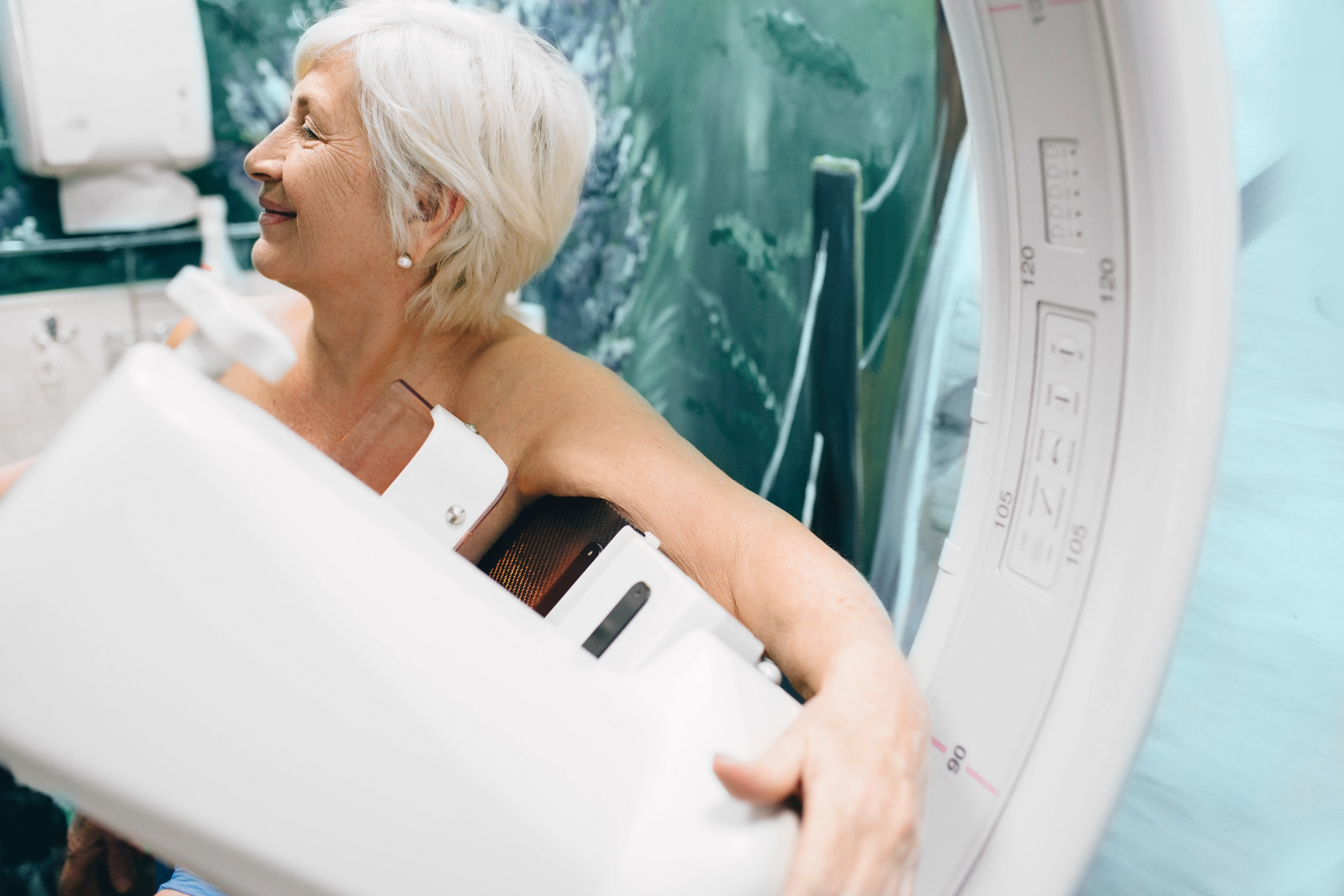October is Breast Cancer Awareness Month, a campaign dedicated to raising awareness and providing education about prevention, detection, diagnosis and treatment. National Mammogram Day is October 18, 2019, and the World Health Organization suggests that women have a mammogram every two years starting from the age of 50; high-risk women should talk with their doctor about starting screening at age 40. Many medical facilities provide free mammograms and diagnostic breast care services to underserved women. If you’re in the USA, check for a facility in your area here. In Canada, check with your provincial Ministry of Health website for locations.
Breast cancer affects 1 in 8 women and is one of the most common types of cancer affecting women. Older women between the ages of 50 and 69 are at increased risk of developing the disease. But with early detection, the chances for survival improve, establishing regular screening as a vital component of treatment.
In addition to age, there are several other factors that may contribute to women having a greater risk of developing breast cancer. An inherited gene mutation can increase cancer risk; about 1 in 400 Americans have a genetic mutation associated with breast cancer. Having a family member with a history of breast, ovarian or prostate cancer may also increase the chances of developing breast cancer. Having dense breasts, according to a mammogram, increases the risk of breast cancer. Approximately half of women have dense breasts which refers to how they look on a mammogram, not how dense breasts feel. And women who started their period before the age of 12 have a 20 percent higher risk for breast cancer compared with those whose period started after age 14, according to the Susan G. Women Know Your Girls campaign.
While there are many non-modifiable risk factors for developing breast cancer, there are also lifestyle choices that can increase the risk. Getting regular exercise can reduce the chance of developing breast and other forms of cancer and limiting alcohol consumption to 1 drink per day for women and no more than 2 for men also reduces the risk for cancer, heart disease and high blood pressure. A healthy nutritious diet also lowers the risk for cancer and other chronic health conditions.
If you notice any change in breast texture or color or have sudden discharge, itching or pain, check with a doctor immediately. Changes in breasts, nipples or underarms should also be seen by a physician right away; the sooner cancer is diagnosed, the better the chances are for survival. Learn more about breast cancer awareness by following this link to the National Breast Cancer Foundation website.






Add Your Voice
0 Comments
Join the Discussion